For a lot of jobs on your 240 it is necessary to partly raise it of the ground. Before even contemplating doing this you will first need the right equipment for the job. A good trolley jack is essential even if only one of the small cheap ones you can buy for £10-20 although if you can afford a garage type jack from somewhere like Machine Mart these are larger more stable, lift higher and more quickly and easily. The small jack is perfectly adequate though but do not use the car jack for maintenance work. You will also need a good pair of axle stands. Many people find a good pair of car ramps a better alternative for some jobs. With any of these items make sure they are rated at a minimum of 2 tonnes and appear of good size and strength. Another useful thing is something to lie on or kneel on when working. Something like a piece of foam rubber is ideal.
Next we come to a safety warning. For those of you who have never done this before do remember that your Volvo is big and very heavy. Before considering raising your car it is essential that the car is on firm hard ground. Concrete is the best – paving and blocks can be uneven. Tarmac is ok but place something underneath axle stands to stop them sinking in. Gravel and earth are best avoided. Park the car with space to work all around it and make sure the place selected is level Apply the handbrake. If a wheel needs removing it is easier to loosen the nuts by a quarter turn before raising the car.
The next issue is what part of the car needs raising – is it the front, the back or just one corner. The car will be raised by a jack (I will discuss ramps later) but it needs to be supported on an axle stand before working on it – absolutely essential if any part of your body is going underneath it. If the jack fails you could become the vehicle support – sadly people are still killed this way.
The best place in my opinion for the axle stands is on the jacking points. This is also a very good point to jack but you can’t do both at the same time. I tend to jack either the front or rear centrally then either use two axle stands if I require the complete front/back raised or just one if working on one corner.
First of all ensure the handbrake is firmly applied and chock the wheel s that are not be lifted. A good wedge chock (a tapered piece of wood or one for a caravan) is best but even so a little ingenuity with some pieces of wood will work:
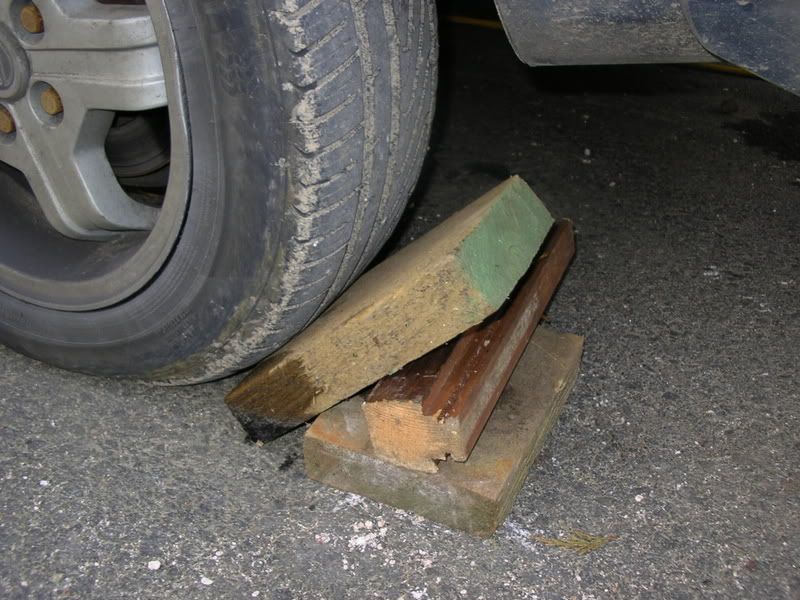
To jack the front I place the jack centrally under the front crossmember just behind the plastic splashpan if still fitted:
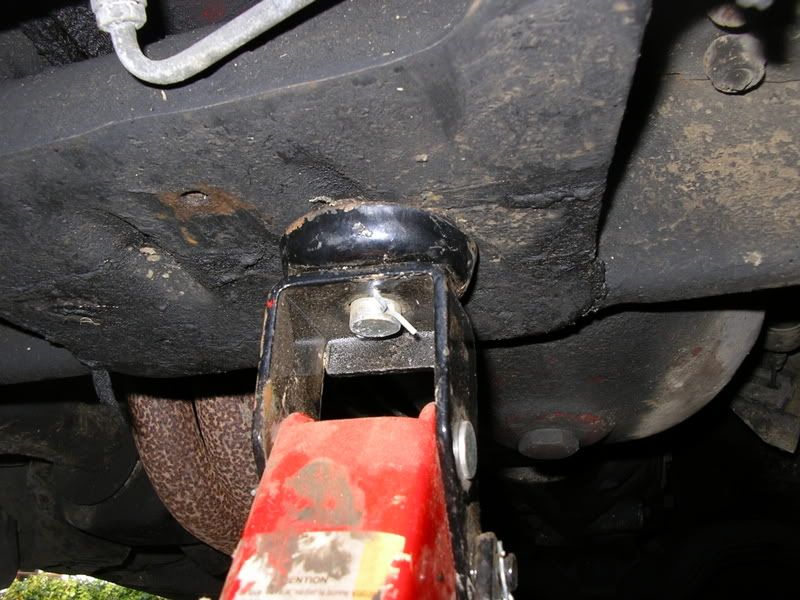
If you have a small jack the handle will be partly obstructed by the front bumper when you come to raise it meaning only short strokes can be made initially. Raise the jack up to full height. Next you will need to put the axle stand in position on the front jacking point(s) which are located behind the sill just behind the hinge of the front door. For those who don’t know this is what they look like:
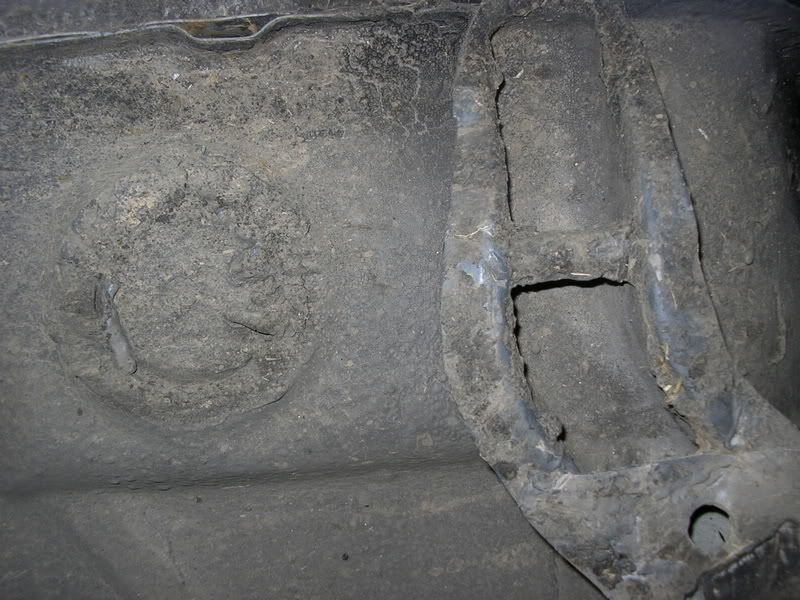
The stand should be positioned so that the top fits snugly onto the bar of the jacking point. There is a pin that can be pulled out to raise the stand and re-inserted further up. Make sure the pin is firmly back in position and secured if appropriate. If the stand does not quite reach the jacking point just make sure it is aligned under it. If the complete front is required raised repeat the process for the other side. Once in position drop the jack SLOWLY and allow the car to settle on the stands:
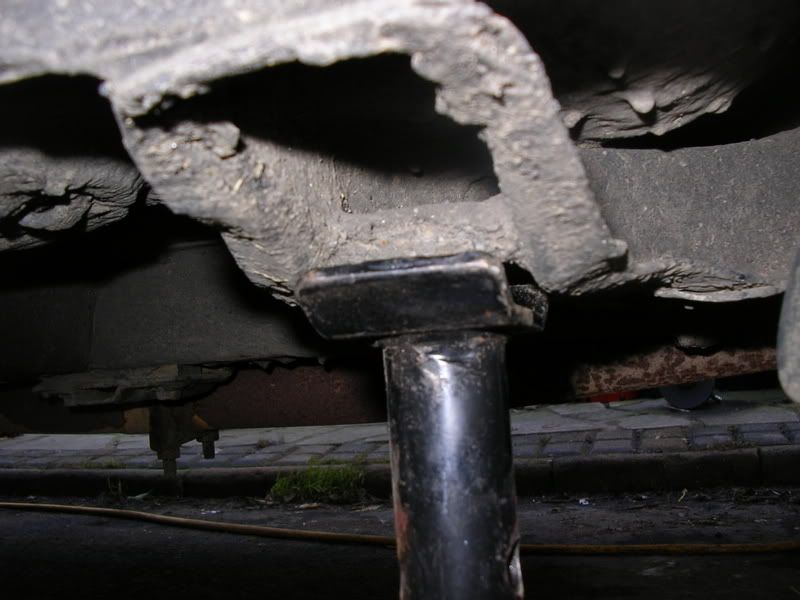
When the car is securely sat on the stands I always bring the jack back up into position (unless it will be in the way) till it again touches the crossmember so as to provide a supplementary back-up support.
Never try to raise the complete car off the ground although it is ok to raise just one side.
Going to the method of raising the rear – there are two possible ways. The first is similar to the front and the jack is placed under the centre of the rear axle:
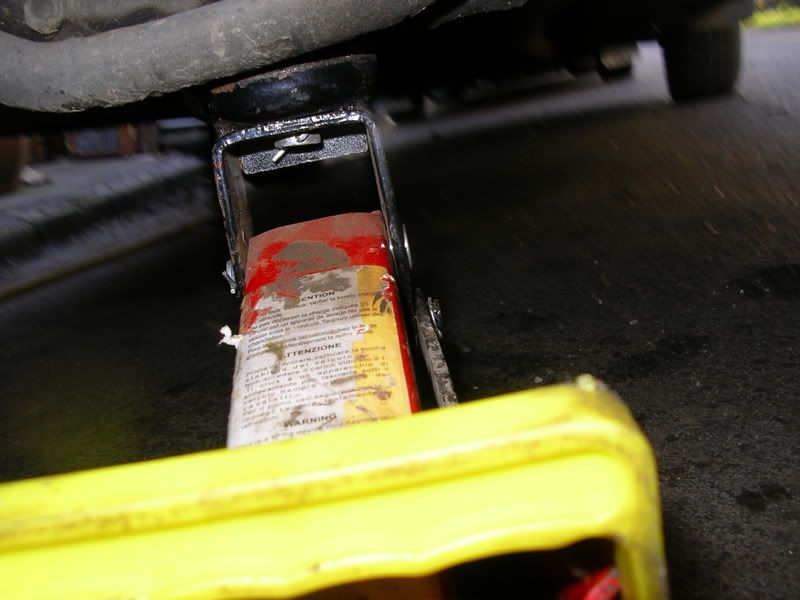
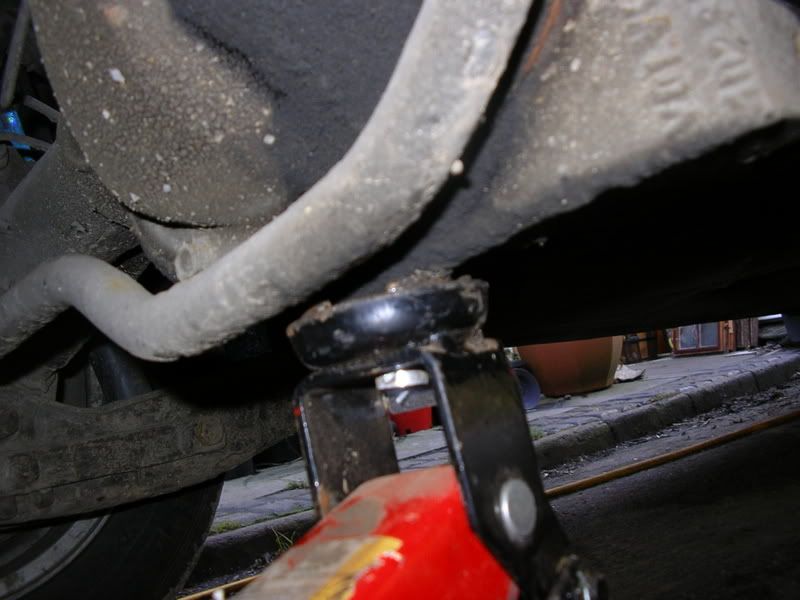
The jack will be well under the car and is a little hard to get at:
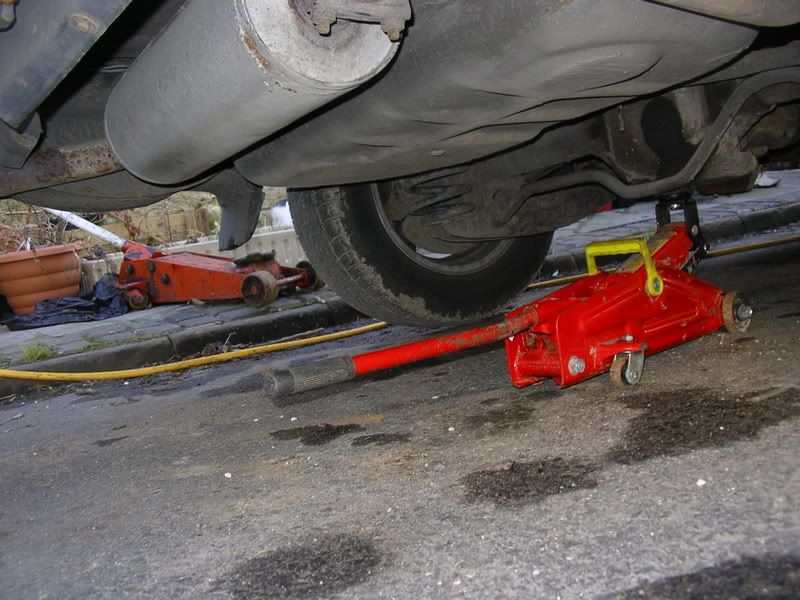
Once raised the car can be put on axle stands as previously described:
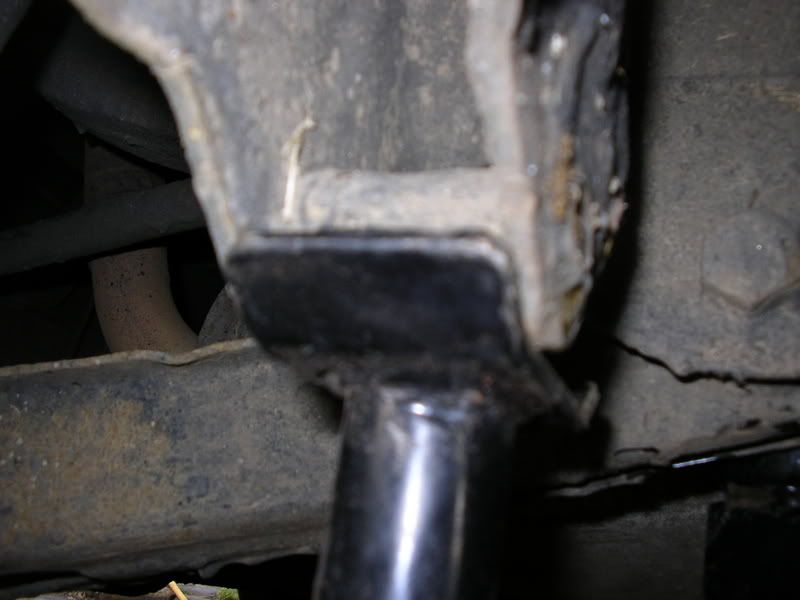
An alternative if only one side needs raising is to jack on the bracket of the trailing arm – the cup will fit on one of the brackets – use the inner one to allow room for axle stand:
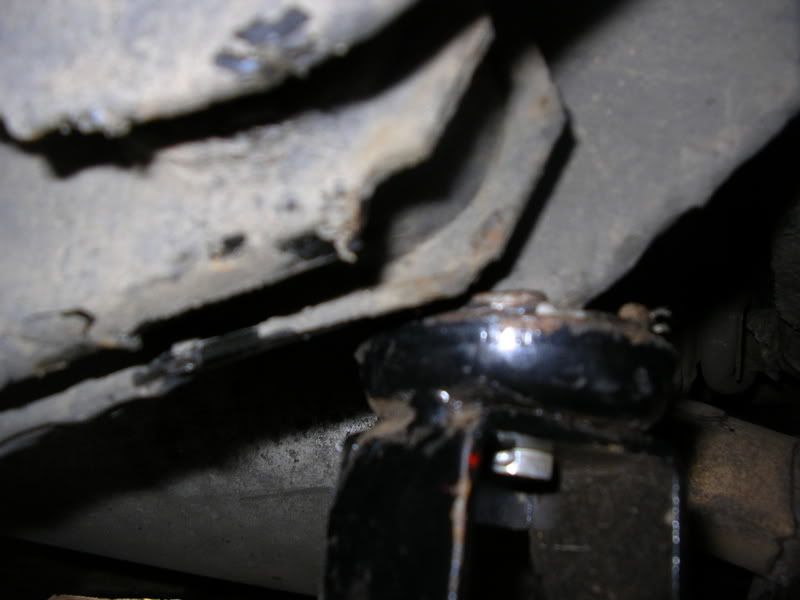
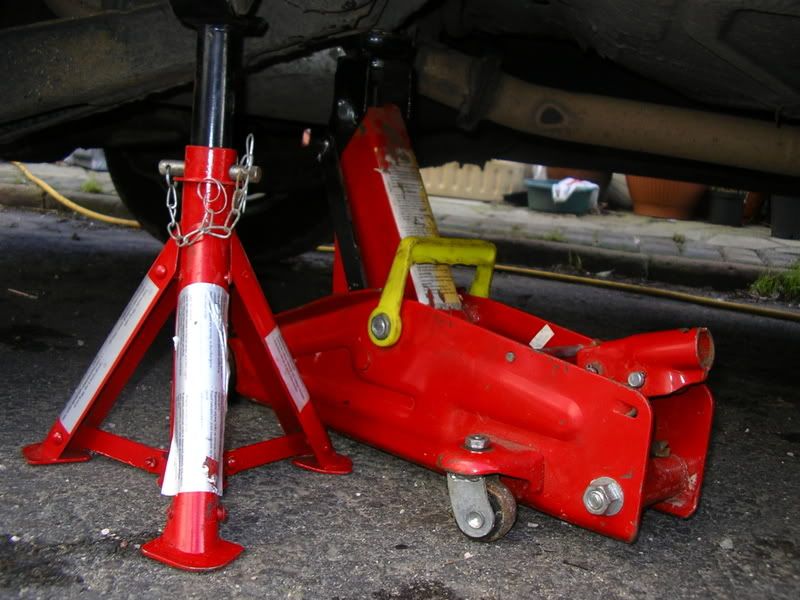
Bringing the car back to the ground is basically the reverse process – raise jack remove stand(s) lower jack.
If wheels are being removed for working I try and place these under the car as well in case the supports fail it is a further back and also means if the happens the car will be easier to raise again and less likely to sustain damage.
At all times make sure that the jack remains stable and upright. The same applies to stands. If the jack appears unstable lower the car and reposition and start again. The same when lowering onto the axle stands if the start to look the least bit unstable jack back up and start again. If the ground is a little soft a piece of sheet steel can be placed under the axle stands to stop them sinking in.
I hope I have covered everything adequately here but please if you are not sure don’t proceed without asking. At every stage keep a careful eye on everything – watch what is happening as you raise or lower the jack. Always think about what will happen by what you are doing and BE CAREFUL we don’t want to lose any 240 owners. Please do not be put off by my warnings it is safe when done properly – all I want is for you to use your common sense.
Finally coming to car ramps. These can be good for raising one or both sides of the front where the wheels can be left on. Again the vehicle will need to be on level ground and an assistant is helpful (it can be the cause of a domestic dispute though!) It is useful for someone to help guide you up. Also when using two there can be problems with one shooting forward as you try to drive on. This can be overcome by a foot being put against the back of it by the assistant whilst keeping the rest of their body clear of the cars proposed path. Sometimes other means can be found to stop them moving such as a piece of carpet attached to the bottom of the ramp – this must be the safest. It takes a little practice to get he car to go up and stop in the right place. I personally prefer jack and stand(s) in most circumstances.
The instructions in this tutorial will work in the following models / years:
-1974, 1975, 1976, 1977, 1978, 1979, 1980, 1981, 1982, 1983, 1984, 1985, 1986, 1987, 1988, 1989, 1990, 1991, 1992 and 1993 Volvo 240, 242, 244 and 245
-1974, 1975, 1976, 1977, 1978, 1979, 1980, 1981, 1982, 1983, 1984 and 1985 Volvo 260, 262, 264 and 265
